“Square D tandem breaker won’t fit”
Sound familiar?
What is it about tandem / twin breakers that confuse so many of us? Maybe if they gave these bad boys a more specific part number then it wouldn’t be so bad, right?
The thing is, although many Square D QO tandems have the same part number, they don’t all interchange.
Let’s get things straight once and for all…
Need Tandem Breakers for Load Centers?
Get SQD Breakers QuoteSell To Us
Got Electrical Equipment You Don't Need?

Reduce Your Electrical Inventories & Earn Cash
Sell My EquipmentPanelboard
Need a Panelboard for Your Project/Job?

Our Experienced Sales Engineers Can Help Design the Right Panelboard For You
Learn MoreTransformer Oil Testing
Is Your Transformer Due For Servicing?

Get Your Oil Analysis & Fluid Testing Done By Our NETA-Certified Techs
Learn MoreElectrical Product Resources
Product Training Product Safety Product Guides Product News Featured ProductsTandem Breaker definition
Tandem breakers are known by different names, such as duplex, slimline, twin, half-height, half-inch, double and wafer breakers. Some may confuse tandem breakers with two-pole circuit breakers, however, tandem breakers do not get connected to two different poles at a panelboard and do not have a common trip or handle tie for simultaneous disconnecting of two poles — unlike a two-pole circuit breaker.
A tandem circuit breaker is a double circuit breaker that takes up one circuit breaker space on a panelboard. For this reason, they’re usually used on panelboards that has filled to capacity with standard breakers. This is a normal and legitimate practice as long as the panelboard is designed for tandem circuit breakers and these breakers are installed on the panelboard where they are specifically allowed.
Here are the four varieties of Square D QO tandem breakers:
- Vertical Switch w/ Hook
- Vertical Switch w/o Hook
- Horizontal Switch w/ Hook
- Horizontal Switch w/o Hook


From left to right we have the vertical switch with hook, horizontal switch with hook, horizontal switch without hook, vertical switch without hook.
Let’s learn more about what these mean…
Vertical vs Horizontal
The vertical vs horizontal refers to the switches on the face of the breaker.
Vertical units are stacked top to bottom whereas horizontal units have the switches side-by-side. The horizontal version is the newer design.

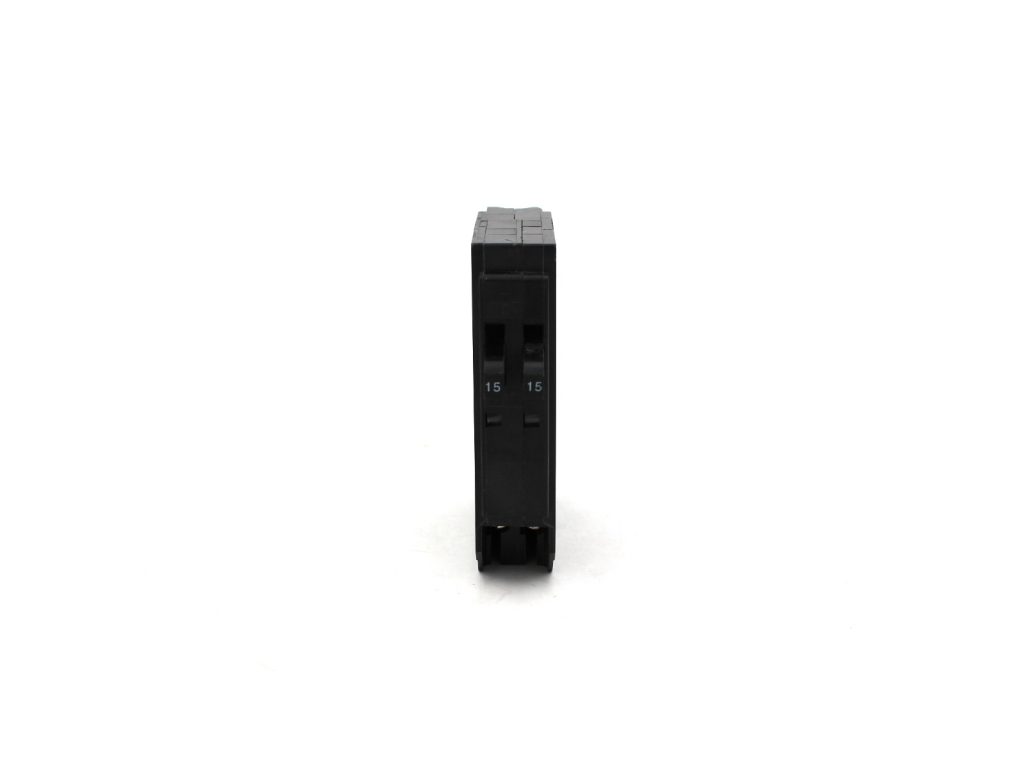
Hook
The hook refers to the way the back of the breaker clips into the panel on the bottom side. Some use a common clip while others use a larger “hook”, which only allows the breakers to be mounted into specific spots on a panel. Usually if a breaker has a hook it is referred to as a “QOT” and if it does not then it would be considered a “QO Twin or Tandem”, but this is not always the case.
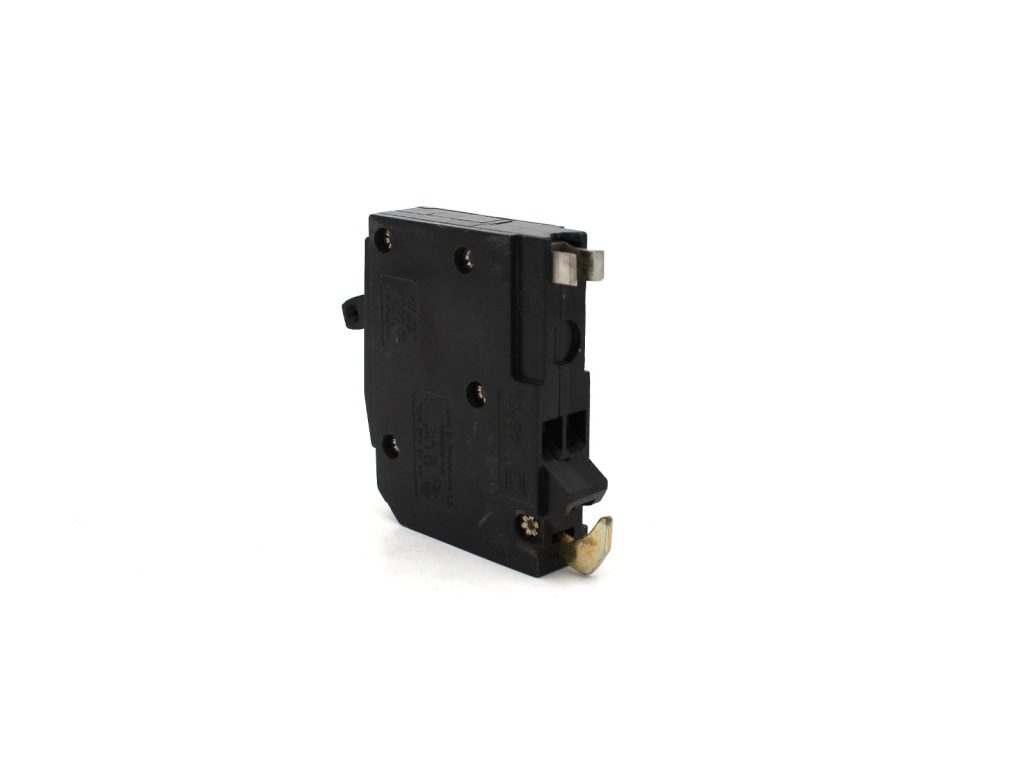
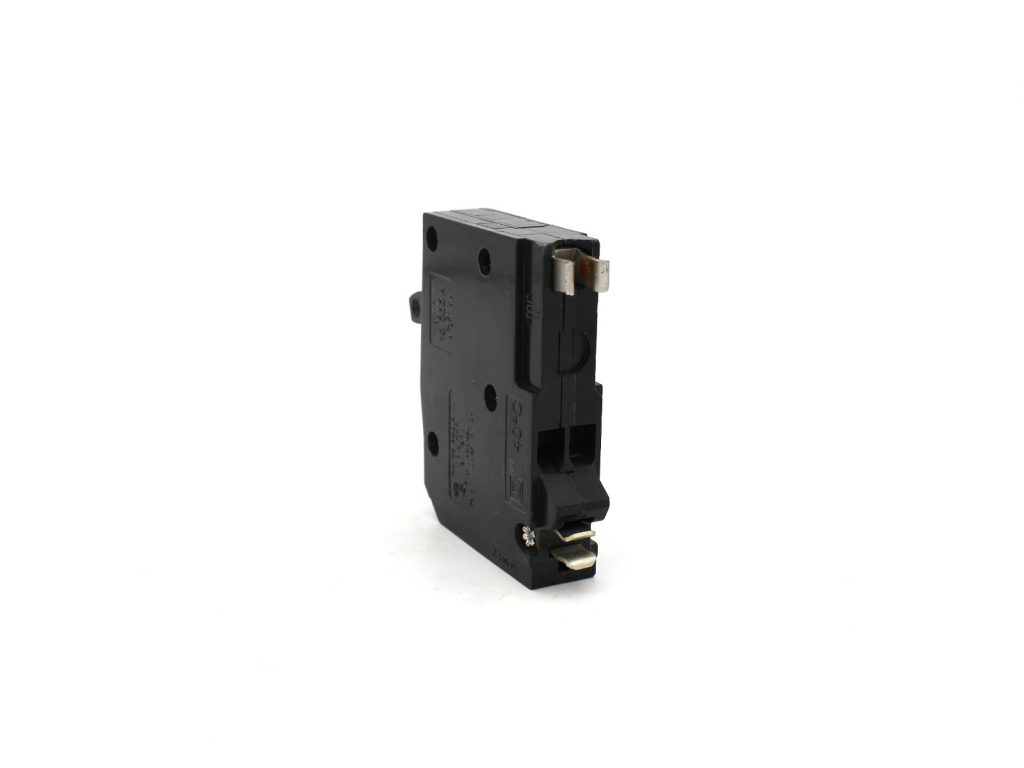
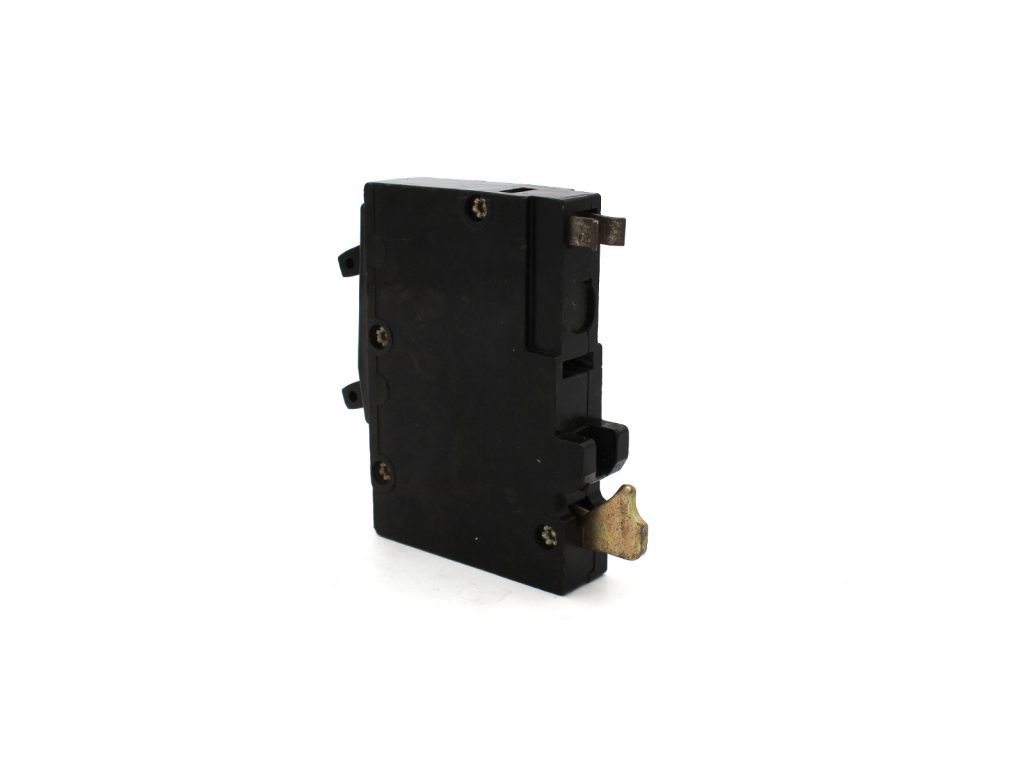
Class CTL & QO vs QOT
Class CTL (Circuit Total Limiting) is a classification of load centers from the 1965 National Electrical Code (NEC). In general, QOT (e.g., QOT2020) are the new version of tandem breakers designed to be used in present class CTL QO load centers. QO (e.g., QO2020) are circuit breakers are designed for use in the older “non-class CTL” QO load centers that were manufactured before the change in code. However, this is not always the case. At various points in time, Square D has labeled tandem circuit breakers with part numbers that did not hold true to this rule.
All panelboards must adhere to UL standards and included in this requires “lighting and appliance” panelboards to be class CTL. The 2008 National Electrical Code (NEC) got rid of the “lighting and appliance” designation and now says, “A panelboard shall be provided with physical means to prevent the installation of more overcurrent devices than that number for which the panelboard was designed, rated, and listed.”
With this code, manufacturers are required to list the number of max number of circuit breakers allowed and to provide a “rejection feature” to help prevent people from installing tandem breakers where they are not allowed to be installed. Panelboards with notched bus stabs allow for installation of CTL tandem breakers (QOT). Bus stabs without notches do not allow for tandem breakers installation but will allow for non-class CTL tandem breakers (QO) as replacements only.
However, this rejection feature does not stop people from modifying their breakers and installing them where they’re not supposed to. Take a look at the image below to see a common modification on a QOT2020 vertical switch with hook tandem breaker. Compare it to the image on the right and take note of the hook, this is the same QOT2020 vertical switch hook tandem breaker.
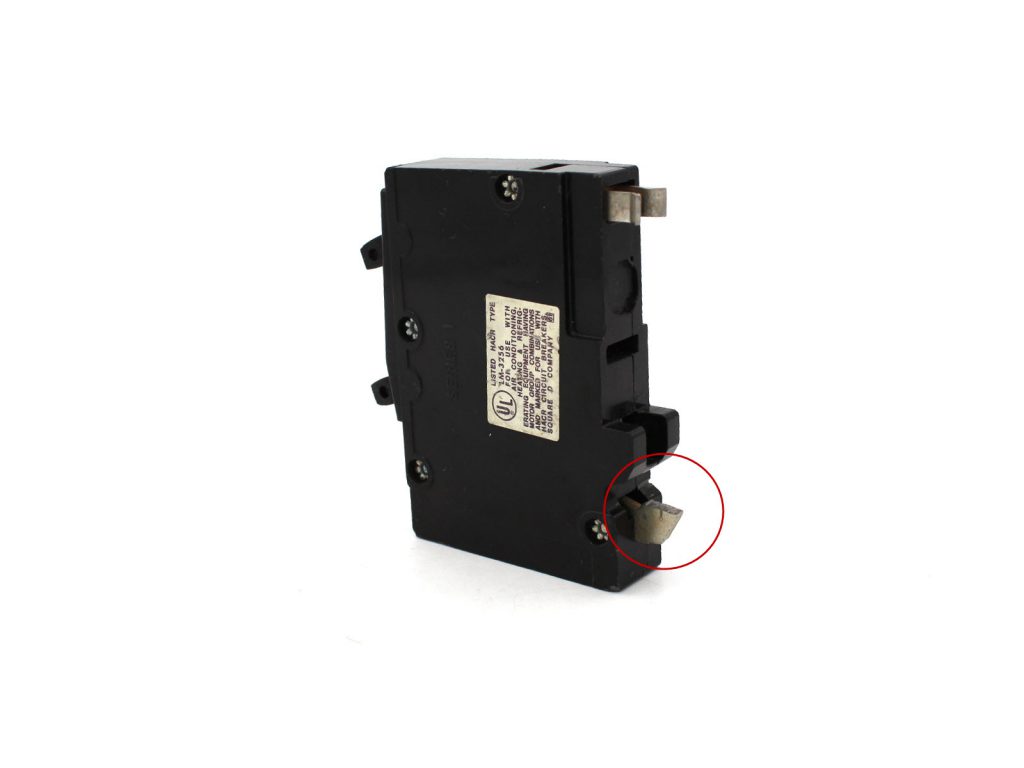
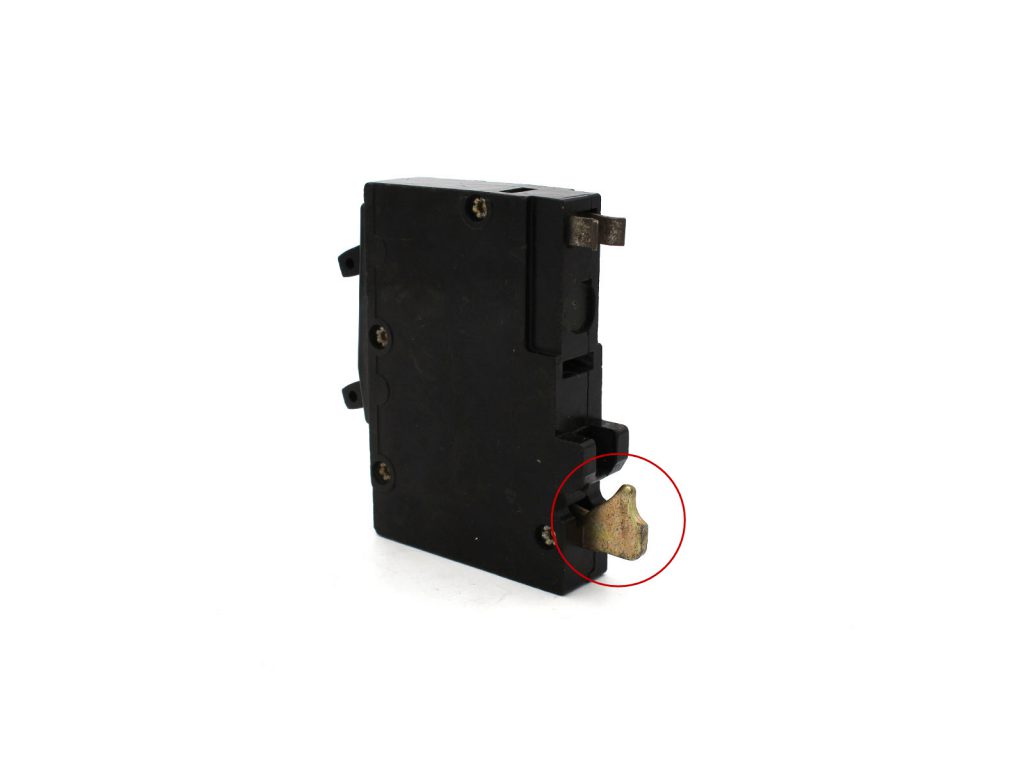
Dangers of Modifying / Altering Tandem Breakers
Codes are set in place to protect people. When people make modifications and alterations, they could be asking for trouble. Tandem breakers increase the total load on the bus bars in a panelboard. Also, using these modified tandem breakers may connect them to the bus bar in a manner that could potentially cause fire. The potential dangers could be life threatening and are not worth the risk.
If you do not know what you’re doing, please consult a professional. Hopefully this post have made you a bit more aware of tandem breakers and their potential hazards when installed improperly.
How to Order
When ordering a replacement or additional QO twin / tandem breaker for your panel, the best practice is to specify which of the four varieties is needed. Although in many cases a part number is enough for these breakers, a little more information can help you avoid a lot of confusion.
Once again, the four varieties are:
- Vertical Switch w/ Hook
- Vertical Switch w/o Hook
- Horizontal Switch w/ Hook
- Horizontal Switch w/o Hook
Contact Relectric today for help sourcing these breakers or any other power distribution equipment.
